Olivier Dumont began his career in VFX there are over 10 years at Buf. He participated in projects such as HUMAN NATURE, MATRIX RELOADED, ALEXANDER or SPEED RACER. In 2009, he joined the teams of Method Studios and worked on films like THE SORCERER’S APPRENTICE, THE RITE or THE TREE OF LIFE.
What is your background?
I have always been passionate about drawing and creating visuals since I was a kid. I went to a technical art university (University of Provence) in the south of France back in 1993 after passing my exams at an electronic engineering school. There, I experimented with different media: photography, cinema and computer imagery. A Silicon Graphics computer was in the corner of a room filled with Macs, which were the main computers for the classes, and I didn’t know what it was at the time. This intriguing machine (with a lot of memory for that time, 32 MB, and a display of 256 colors) had this software installed: Softimage. I was discovering the CG world… After playing with it for little bit, no manual available of course, my friend and I decided to make a short movie. Skipping quite a few courses, we put together a short and won some little awards. It was enough, though, for the school to create a CG section adding more Silicon Graphics machines and allowing us to work for another year on a new short. This film won the school and university award at the 1997 Imagina convention and allowed us to be contacted by several American and French companies. I didn’t want to specialize, because to me CG allows you to be in control of everything and I wanted to learn all the different tasks in the making of vfx. I imagined that choosing a big American company would force me to do that so I chose Buf as I was very impressed with their work and I still am. I learned a lot there doing basically everything on shots (from modeling, animation to comp including roto) and worked on many commercials and features such as MATRIX RELOADED, HARRY POTTER, ALEXANDER, THE PRESTIGE and SPEED RACER. I used this on-set and post-production experience in both CG and compositing to make my way as a vfx supervisor. After 8 years in Paris, I came to Los Angeles, still working with Buf, which has an office here. After three years in LA, I decided to join Method Studios, again having the opportunity to work in a small company as it was a boutique shop then. And I enjoy it more and more as it grows and I love being part of its evolution!
How did Method Studios get involved on this show?
This came about after several meetings where we discussed proposals about the underworld and brought up visual ideas. And I guess we also had a good budget approach…
How was the collaboration with director Jonathan Liebesman and Production VFX Supervisor Nick Davis?
It was both very challenging and extremely interesting. Very challenging because nowadays productions have to adapt to a continuous evolving cut. This allows the director to really push the story telling as far as he can. And very interesting because we felt very much a part of the team thanks to Nick Davis (production’s Visual Effects Supervisor) and Rhonda Gunner (production’s Visual Effects Producer) as we had this constant free dialog about new ideas and designs to help the story. Not that Jonathan Liebesman, the director, didn’t have any, he had plenty! As an example, when we started the work on Kronos, he was supposed to stay pretty static. But I guess Jonathan thought this wasn’t bringing enough tension to the scene and wanted several full CG shots in which Kronos is brought to life and moving. This was work we didn’t anticipate but the design of those shots was so appealing that the challenge was totally worth it.
What were their approach about the VFX?
Jonathan wanted everything to feel grounded and realistic, avoiding for instance, the big glows that were in the previous movie when you are in the gods’ world. That was an important parameter because even if the gods were using some magical weapons, the effects were always grounded by real physics like gravity or by using elements we are familiar with like embers (with some exceptions of course needed for the story). But the word “Magic” was banished from our visual dictionary. I think it helps the audience identify more with the characters and care for them. Thanks to this point of view, you feel the gods are vulnerable somehow (still less so than humans obviously) and that they can be affected by the same physical laws as normal people.
What have you done on this movie?
We supervised the part in the underworld. This world appears several times throughout the movie, showing different aspects as the story evolves. Most of our work was to build environments, from simple extensions of the set to full CG shots. Adding to that, we did a lot of CG FX (atmospherics, fireballs, lightning bolts, explosions…). We also had some one-off shots where we see weapons extending when the gods and Perseus are about to use them. These sequences are split in two main locations, outside Tartarus which is the tower where Kronos is bound to and inside Tartarus which shows his awakening. The outside was mostly done with 3D matte paintings for the set extensions and the reveal of Tartarus, with the exception of one full CG shot linking the surface to the underworld through a big ride into the abyss of earth — very impressive, especially in stereo.
The inside required a different kind of work. We needed to entirely model and texture Tartarus’ interior in order to accommodate the different camera positions including Kronos (he was based on a low res model given to us by MPC) and digi-doubles (based on 3D scans). Some of those camera moves were extremely close and we had to keep increasing the level of detail until the end. We also had to show Kronos breaking free from the destruction and animate the digi-doubles in the full CG shots.
The main sequences shows three stages for Kronos in Tartarus: sleeping, awakening but still static and then moving with huge destruction happening around him. Two major FX where required besides the usual falling rocks, atmospheric and dust: lava for the draining fx and pyroclastic for the destruction of the Kronos wall.
Method was part of the pre-production process. Can you tell us more about it?
Method London was already hired to work on concepts before Method LA joined forces to be one of the main vendors. The show had a very strong art department and if the concepts evolved, as they do during the post-production, we had enough elements and references to make sure we would stay faithful to the director’s vision.
We worked on different concepts for Tartarus and did some tests to determine how to enhance the atmospherics on the set as it was tricky to have fog and green screen at the same time. We were shooting on a large set made up of pieces that could move and build the different locations. The realism of the rocks looked amazing and were very good references on which to build the extensions and the chamber itself. Other references were very useful when we went to shoot in Wales in the quarry. As usual, we were trying to be as invisible as possible in order to leave the director’s vision remain as intact as possible, but Jonathan very familiar with VFX as he is doing some himself and was always very understanding when the VFX department asked for something.
The Tartarus is an impressive environment. How did you create it especially for the establishing shots?
The outside establishment was mostly done with a 3D matte painting (matte painting projected onto CG models). We worked on dozens of concepts. Once they were approved we post-vized the shot adding basic shape to it to show how it would work with the camera move and then the models were refined and used to project the matte painting on. The fx layers were added and completed in the comp.
For the inside establishment, we used both textured and lit models and completed it by mixing the result with a matte painting of Kronos. The atmospherics were fx renders and 2D elements.
How did you create the fight between the Gods against the Makhais?
These were shared shots between MPC and us as they were doing the Makhais and lighting them based on the plate, and we were responsible for the final comp including the fireballs and interactions with the set and set extensions.
A lot of explosions and fires were created on-set and we had to match the timing, but in order to get the feel of them being surrounded, we also added more. We enhanced them by adding bits of lava and embers during the impact which fit more with the nature of the fireball, leaving itself a trail on the ground. We had at our disposal a Lidar scan that we used to track and create the proper shape for the impacts as well as for re-lighting the rocks when necessary. On the gods side, they were firing lightning bolts. That animate behavior was very well documented by Nick and Jonathan’s references to us that showed some kind of a shape memory fading out after they fire. It was like when you still see the shape of a light after directly looking at it. We used Houdini for the elements and we augmented them in Nuke.
Kronos and its underground environment are truly amazing. How did you face this big challenge?
As we had every angle possible in this chamber, the first approach was to build everything. We did it using blocks. We basically built and textured all the different kinds of blocks needed, arranged and rearranged them to get the proper shapes of the different elements in the chamber: background walls, the pathway that leads to the island where Zeus is chained, and the pillars which are big columns sustaining the walls. We then merged them in order to simplify the model and to be able to render. Over 7000 pieces were crafted. We also used matte paintings or texture projections for certain shots but most of them were lit and given directly to the compositors as we had enough details in the models and textures.
Kronos and the mountains in which he is embedded were modeled first in one piece in Zbrush but then split into multiple pieces in order to manage the high level of detail. The base was a low res model we received from MPC who were responsible for the main design of Kronos when he is on the surface. Because our shots were very different (Kronos stages of awakening and camera close-ups), we could add our own details on the model to fit our needs and visuals. We were using mainly Zbrush for the modeling and Mari for the texturing.
How did you manage so many amounts of fx elements?
That indeed was a lot – fire, embers, lava eruption, falling and breaking rocks, smoke, dust and clouds of any size and many others…
The first thing to do when you have that many elements to create is to know exactly how the key shots should look, and then start splitting the big problem into small ones…
The comp department on this had a big responsibility as I wanted to be able to get to an approval stage as quickly as possible before having to render hours and hours of atmospherics and other CG fx. Basically, we were mocking up all the fx in comp to get Nick’s approval on the quantity, the speed and the look of the shots using generic CG elements, and 2D elements from the shoot or from our library, and putting them on cards. Once the overall look was defined, we could then see which needed to be done in CG, either because of a strong camera move that cards wouldn’t handle or because of an element that needed very specific art direction (like embers passing by camera for instance).
We were therefore using 3 kinds of elements for the fx depending on the shots:
2D elements – We built specific libraries where it was very easy to choose from depending on the fx wanted.
CG generic elements – When we couldn’t find proper 2D elements because it was too complicated to shoot — like very big falling rocks — we rendered them with a locked off camera under different angles to use as 2D elements, which saved us a lot of time.
CG elements – Those were usually made specifically for the shots after knowing exactly where we were going.
We then had to make sure our pipeline was robust enough to keep track of all the published elements and to check that they were indeed used.
What were the real size of the sets for those underground sequences?
Tartarus Tower was 5600 meters tall (16800 feet) by 3300 meters wide (10826 feet), which is bigger than the highest mountain in France, Mont Blanc! Kronos is 525 meters tall (1722 feet).
Those sequence features extensive set extension. What was your methodology for those shots?
For the set extensions taking place outside Tartarus, we mixed CG blocks built from the 3D scan (lidar) of the set and a post-layer of matte paintings to make sure it was matching the lights on set. For the big extensions such as seeing Tartarus in a far distance, we used the opposite method which was a matte painting projected onto a CG model (3D matte painting).
Inside Tartarus, we pinpointed all the camera angles needed and we modeled everything in order to have CG assets that can be used in every shot. Occasionally, we had to project some additional textures where we needed more detail, or the opposite, to break the evenness of details.
How did you create the lava/fire on captured Zeus?
The lava was a very important part in the story as it is being drained from Zeus to awake Kronos. Different setups were build to be able to art direct the lava at different scales. This needed to be seen as small as a wound on Zeus’ arm and as big as a wide flow linking the main island in the chamber to Kronos. For most of the shots we could choose between the different setups depending on the size needed. But we had one shot that showed the full draining process from Zeus’ arms to Kronos body and for that we had to blend together all the different setups.
The setups, created in Houdini, were all based on a similar procedure but the speeds and looks were different matching references we gathered for each scale. Lava has indeed a very changing behavior depending on the size. Our approach was to be able to art direct as much as possible which is always difficult as you’re only simulating and it takes time to get the shape you want. So we decided to use minimal simulations to drive textured sculpts of the lava in a given situation. It allowed us to keep the necessary realism and to get the right shape as well as all the details we wanted and where we wanted them. It was making everything controllable and that gave room for changes to Nick and Jonathan without disturbing our delivery schedule.
When Kronos escapes the whole environment collapses. Can you tell us more about this huge destruction?
Pyroclastic effects were used when Kronos breaks free and the mountains he is embedded in collapse. We had to look for tons of references as no one has really ever witnessed a mountain falling apart entirely. After some research, we came to an agreement with Nick that the closest we felt was the collapsing of a glacier. The way it breaks is really specific and provides a great scale indication. It starts with big pieces that break into smaller ones and so on until it reaches a point where it looks like a fluid. The timing of it all is also very important to show the size.
We developed a setup in 3 phases. One tool fractured the mountain based on a map that delineated the outside shapes and because a CG model is like a empty shell, the tool was also creating the volumes inside. The main pieces were hand animated in order to art direct the collapse. This animation drove a simulation that used specific timings to break more and more of the falling rocks until it gets to the fluid part which was done using particles. On top of that was added the usual smoke, dust and debris fx that come with such a destruction. This setup was also used when a big pillar falls on the pathway at the end of the sequence.
Can you tell us more about the asset sharing between Method and MPC?
That stayed fairly simple as we ended up comping the final shots on our side so we didn’t have to go back and forth. MPC shared their low res Kronos model which we built upon but as our pipelines are different we had to make our own displacement and texture maps. They also shared their Makhais, underworld creatures they were using during the big ending battle.
The fact that we couldn’t share the final product for Kronos wasn’t so much of a problem. The sequences and states Kronos was supposed to be in (fighting for MPC and awakening for us) were different enough to let us have our own version. We just made sure that by the end of our sequences that our Kronos look was similar to MPC’s by getting their references. Luckily for us but surely difficult for them, they had big shots of Kronos included in the trailers so it was easy to see their progress and the direction they were taking without bothering them too much.
The approach for the Makhais was a bit different. Besides the models, MPC gave us a usable render with several extra layers that we mixed with our fireballs in the final comp during the battle with the gods. They were lit and treated based on the original plates as we were still working on the set extension. We just had to process them as if they were part of the plate lighting-wise.
What was the biggest challenge on this project and how did you achieve it?
I feel we really had 3 big challenges:
Setting up the lava and pyroclastic workflows in order to obtain a good mix between the simulation and the hand work that allowed a more controllable art direction were two of them.
The third was getting the scale to feel right which was an everyday struggle at all levels in the pipeline. Getting the right amount of detail in the textures and models, the right speed in the animation and the proper atmosphere in the comp was difficult as we didn’t have any references for something of that size…
Was there a shot or a sequence that prevented you from sleep?
I have to say that the shot where we followed the draining fx (lava) from Zeus to Kronos came a long ways. Although this shot didn’t seem difficult at first, it gathered all the technical difficulties we had throughout the other sequences but now it was all at once on a very large number of frames. We also knew that this shot would work only once we had all the setups working and running fx wise for the lava. It started at the beginning where we had to speed up the camera move on the live action plate with moving characters in it, which makes it tricky and a bit more difficult than just speeding up the frame rate. Doing so made the actors look like they were coming from a movie from the 20s. We eventually replaced the real set by a CG one (for tracking difficulty purposes) and re-projected the characters with their original frame rate. The second challenge was to blend together the different setups created for the lava based on its scale. And lastly, filling up everything with atmospheric elements that had to be CG in order to accommodate the camera move. Those were very long renders on that many frames…
This project seems to be the biggest project for Method London. How did you faced this challenge and what does it change on your pipeline?
Method London was indeed small at the time we started but became larger quite rapidly given the work we were facing. The pipeline developed rapidly and London can handle a lot on its own. Already known for concept and matte painting work, we had to show that we were as good as the other main London companies for other shots. One of their big shots was the ride through the cracks that leads to the underworld. It required all the talent needed in bigger facilities as it was a full CG shot dependent on all VFX departments — heavy models and textures, heavy fx and comps and it had to be done in stereo.
Luckily Method LA and London are working with the same pipeline which simplifies the exchanges. However, we shared very little on this show as London had their own shots. Also, as the client was in London, we were already accommodating the time difference by starting early to make sure we had enough time to discuss the shots which we did mostly through daily cineSync sessions.
What do you keep from this experience?
It was a really creative atmosphere and we were given a lot of freedom to bring up those shots on screen. Nick and Jonathan allowed us to discuss our own ideas and were always open to any dialogue making us feel we contributed a lot to the movie. That was really the biggest reward!
How long have you worked on this film?
About a year starting from the shoot.
How many shots have you done?
163 shots.
What was the size of your team?
110 people between London and LA.
What is your next project?
Several possibilities that I cannot really disclose yet unfortunately…
What are the four movies that gave you the passion for cinema?
I am not going to be very original I am afraid. I would say STAR WARS, INDIANA JONES, TRON (the first one obviously) and ALIEN for the movies. But I have always been a big fan of Japanese anime series and among them, COBRA THE SPACE PIRATE as well as GHOST IN THE SHELL are part of my visual and story telling references…
A big thanks for your time.
// WANT TO KNOW MORE?
– Method Studios: Dedicated page about WRATH OF THE TITANS on Method Studios website.
// WRATH OF THE TITANS – VFX BREAKDOWN – METHOD STUDIOS
© Vincent Frei – The Art of VFX – 2012



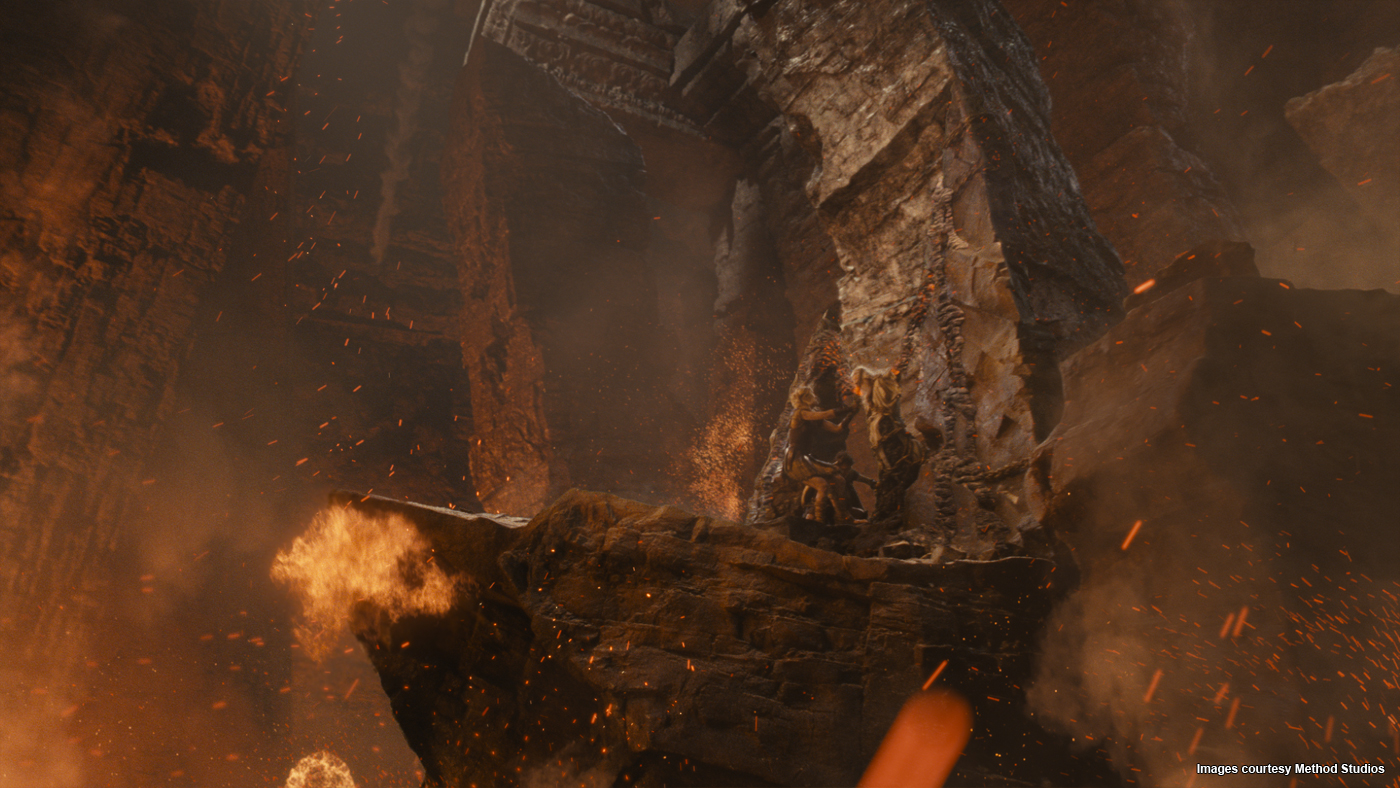
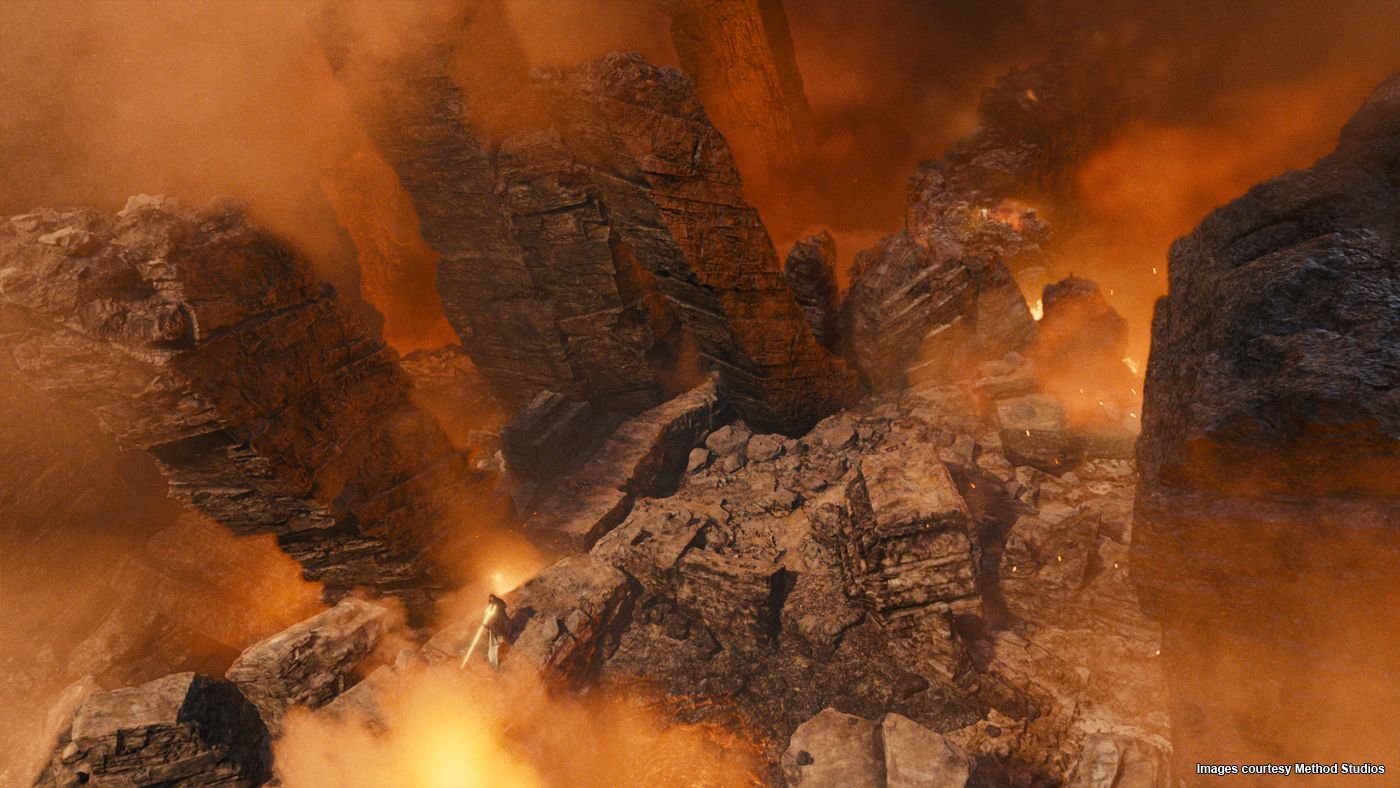
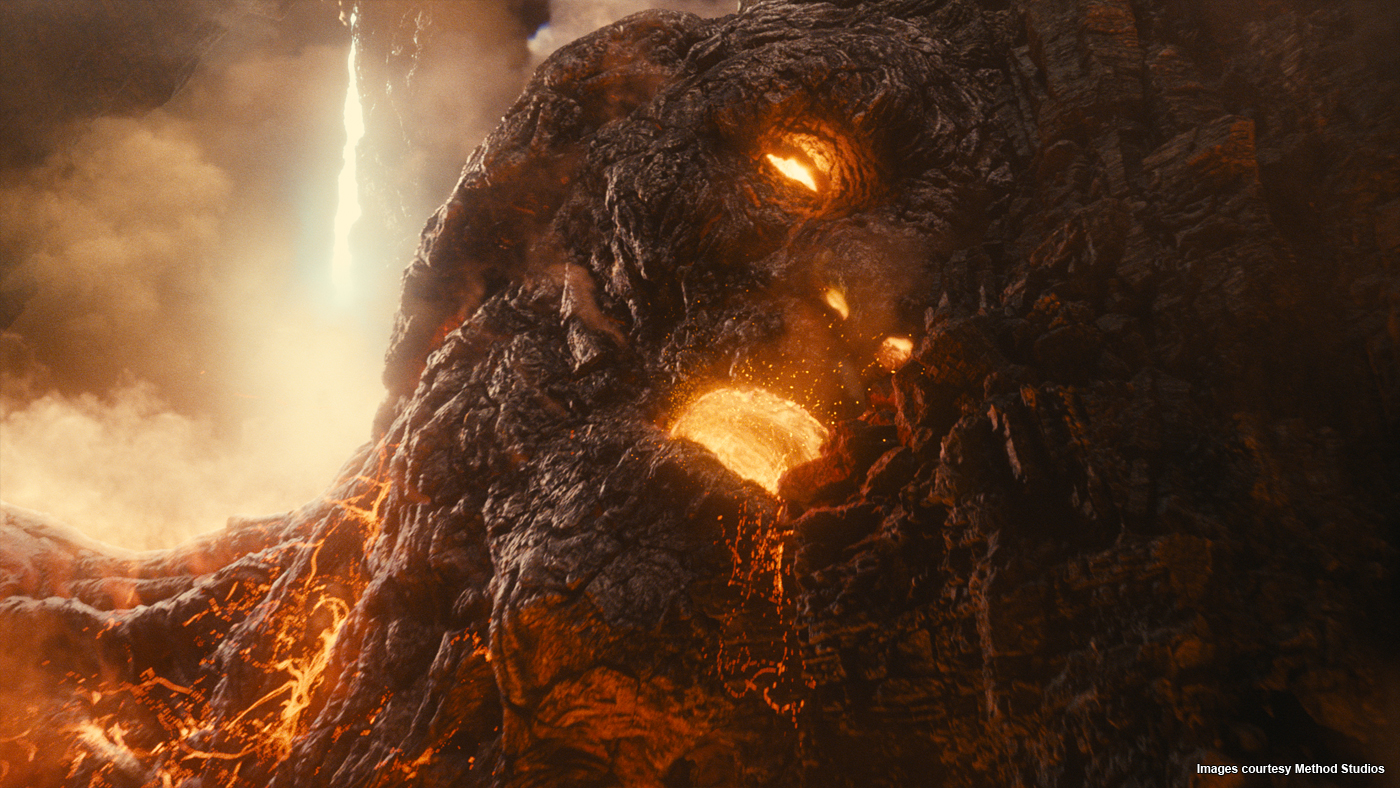
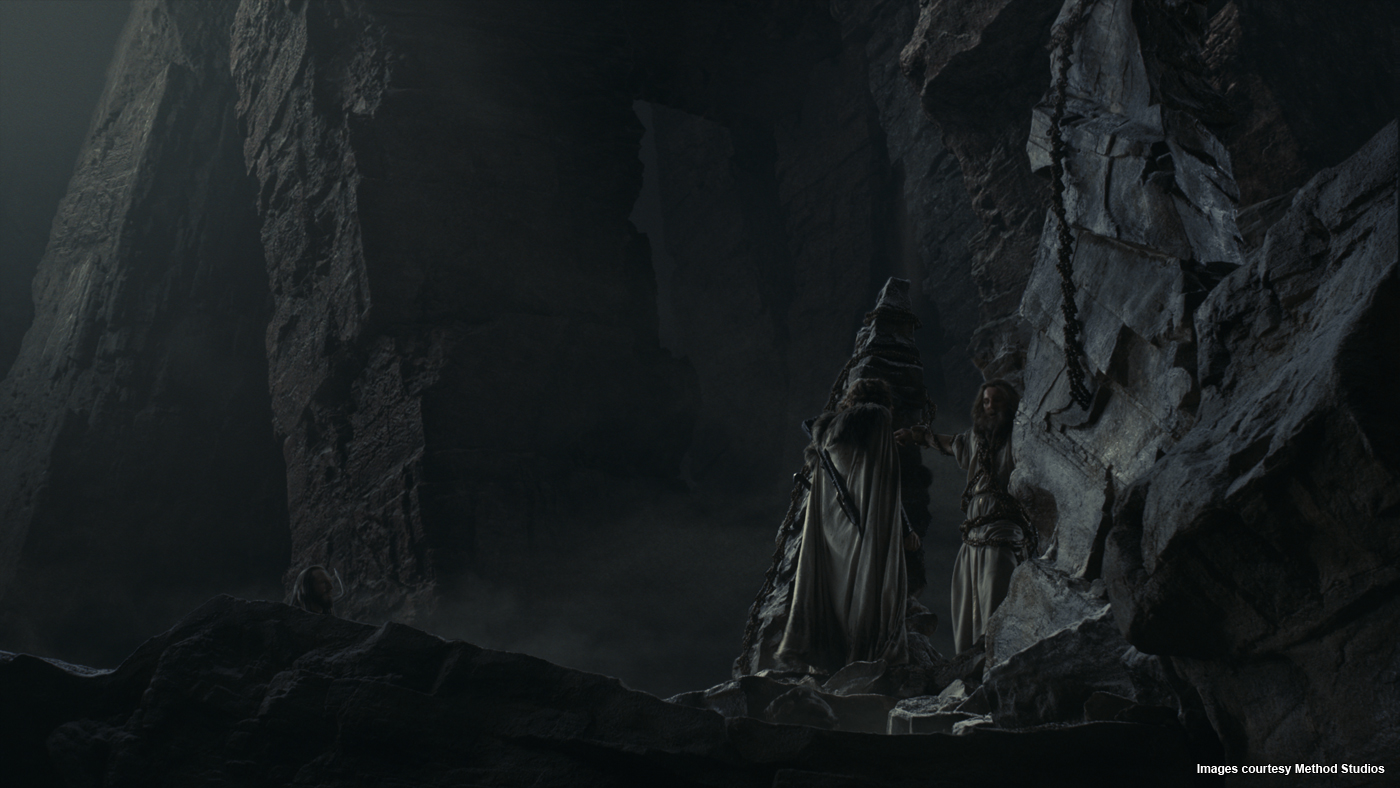
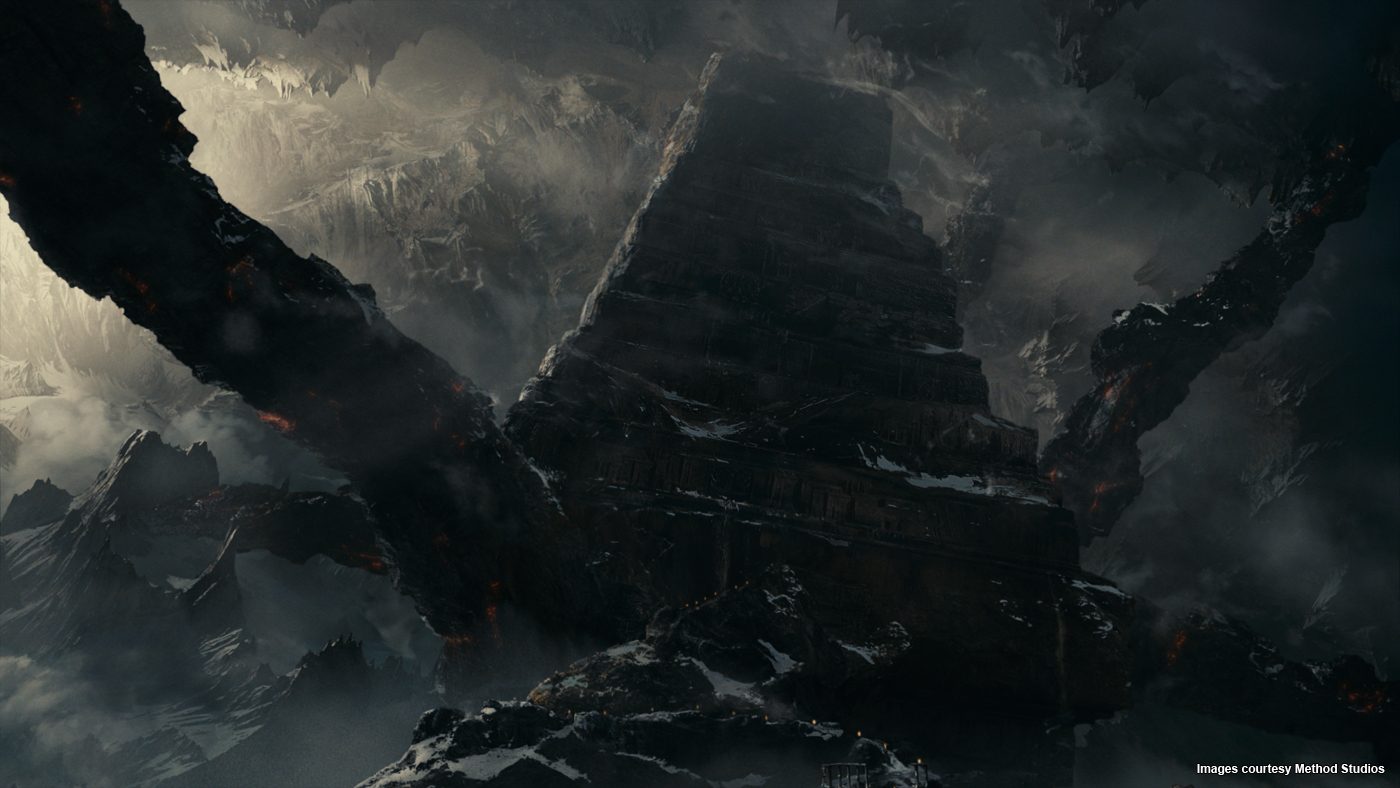
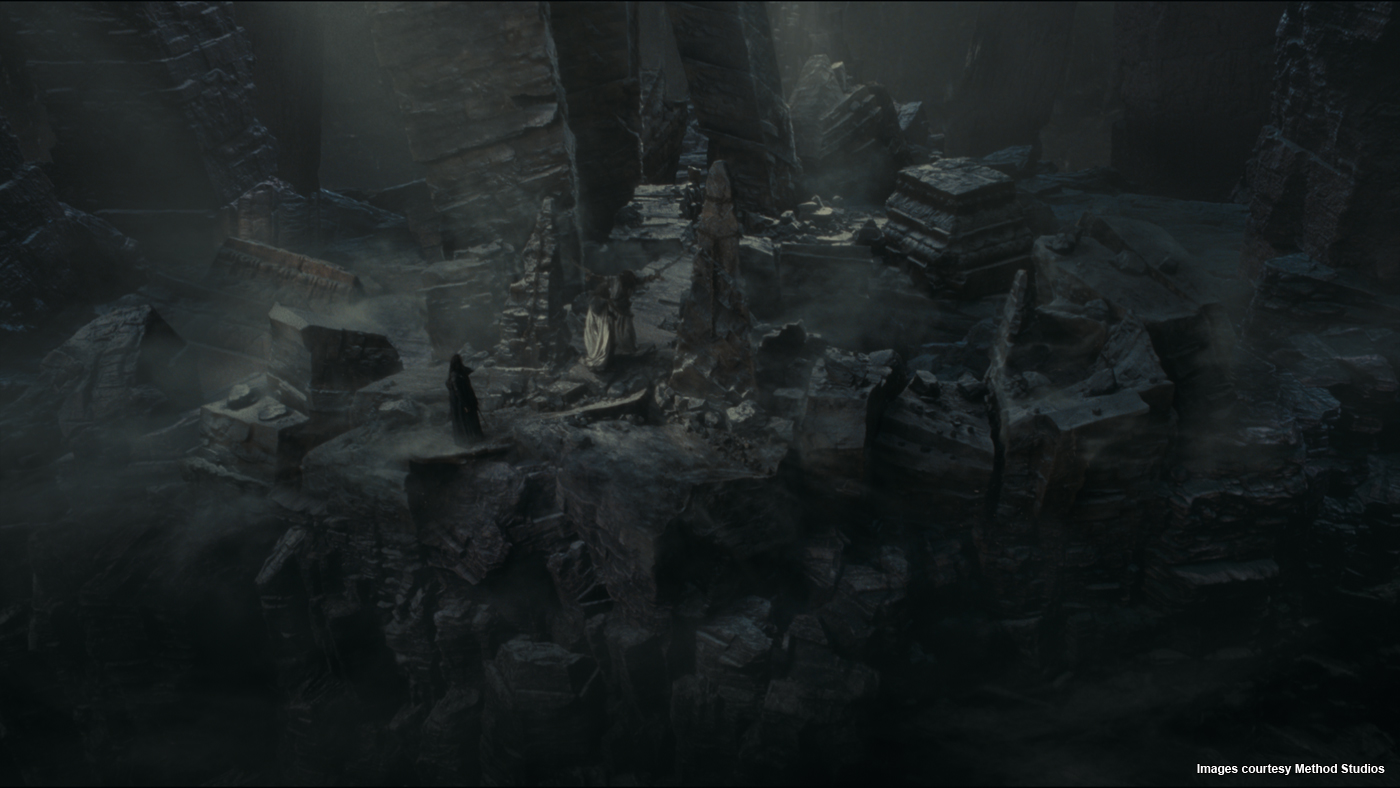

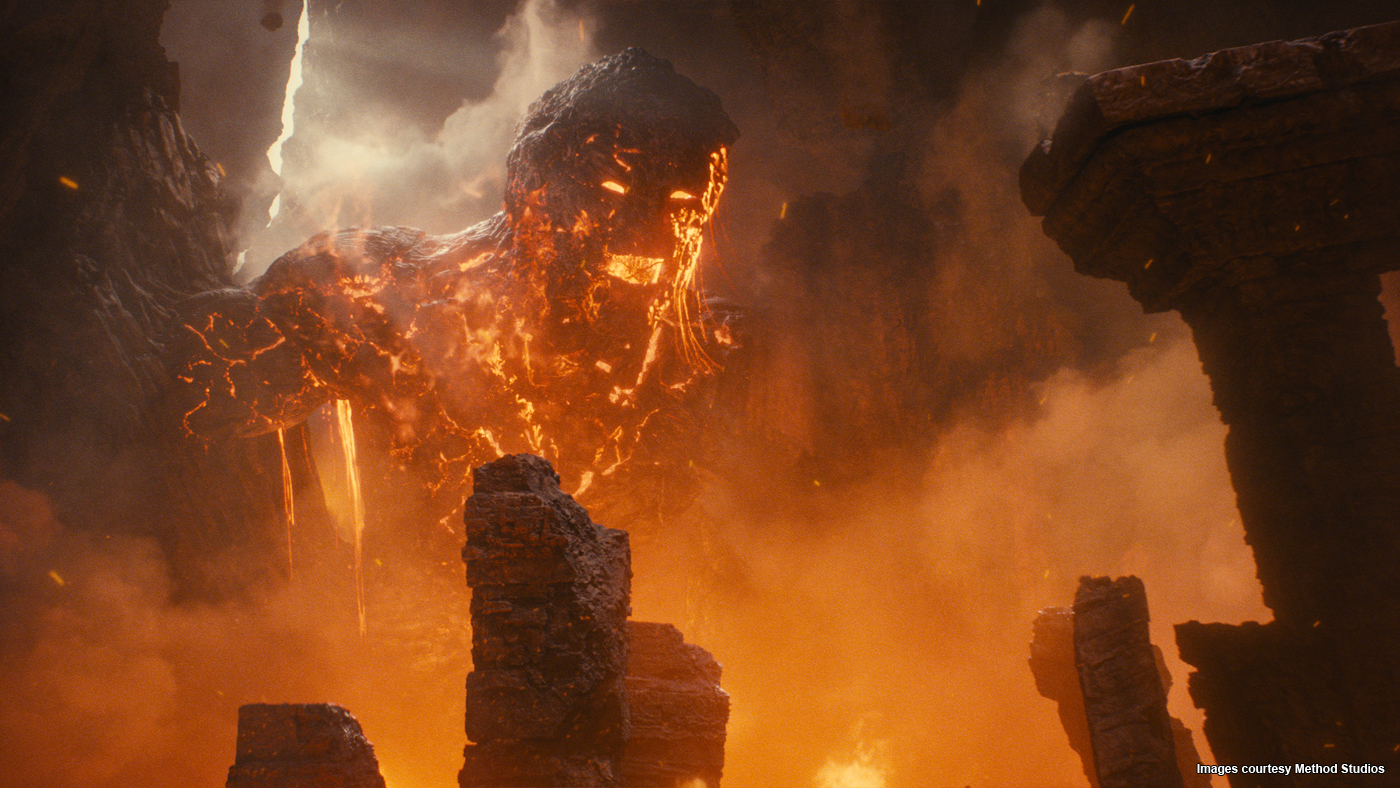
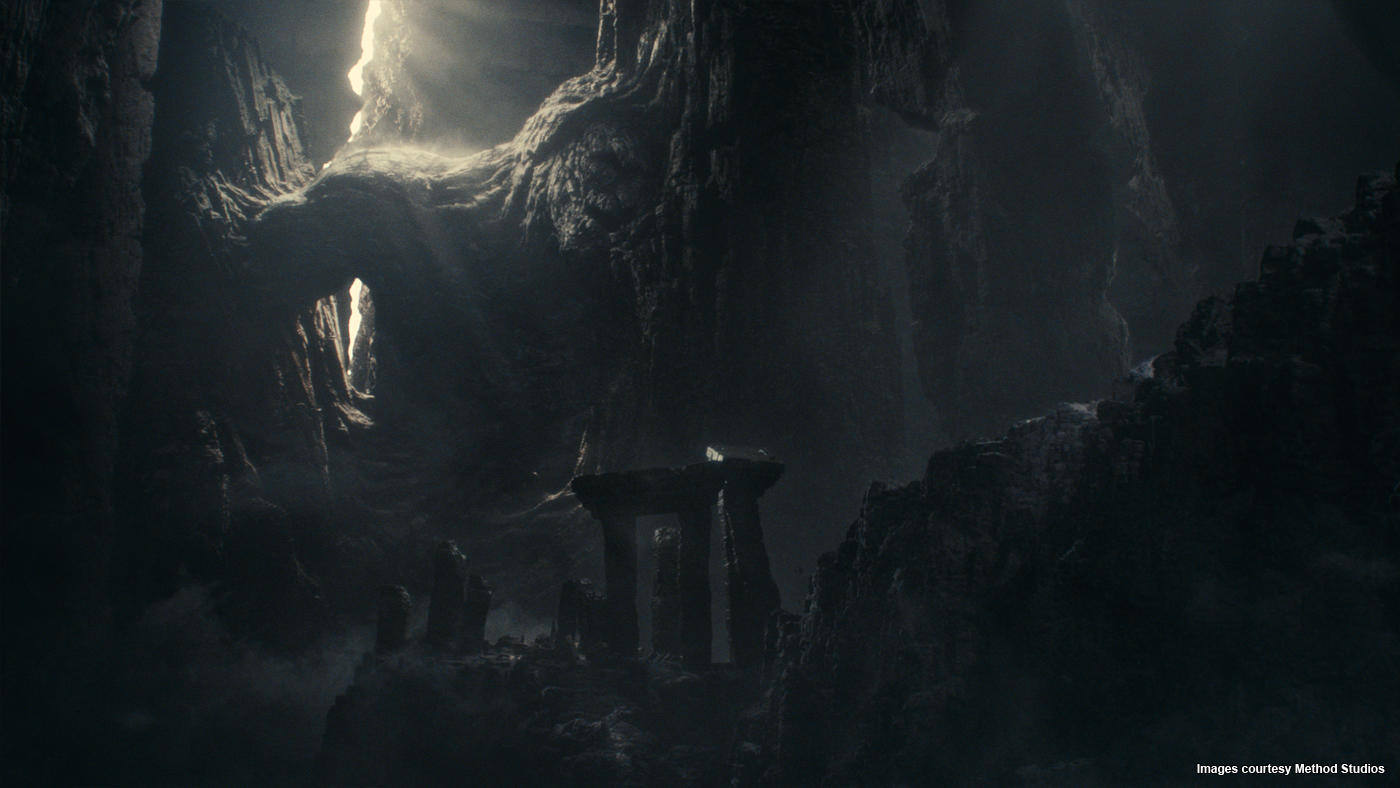
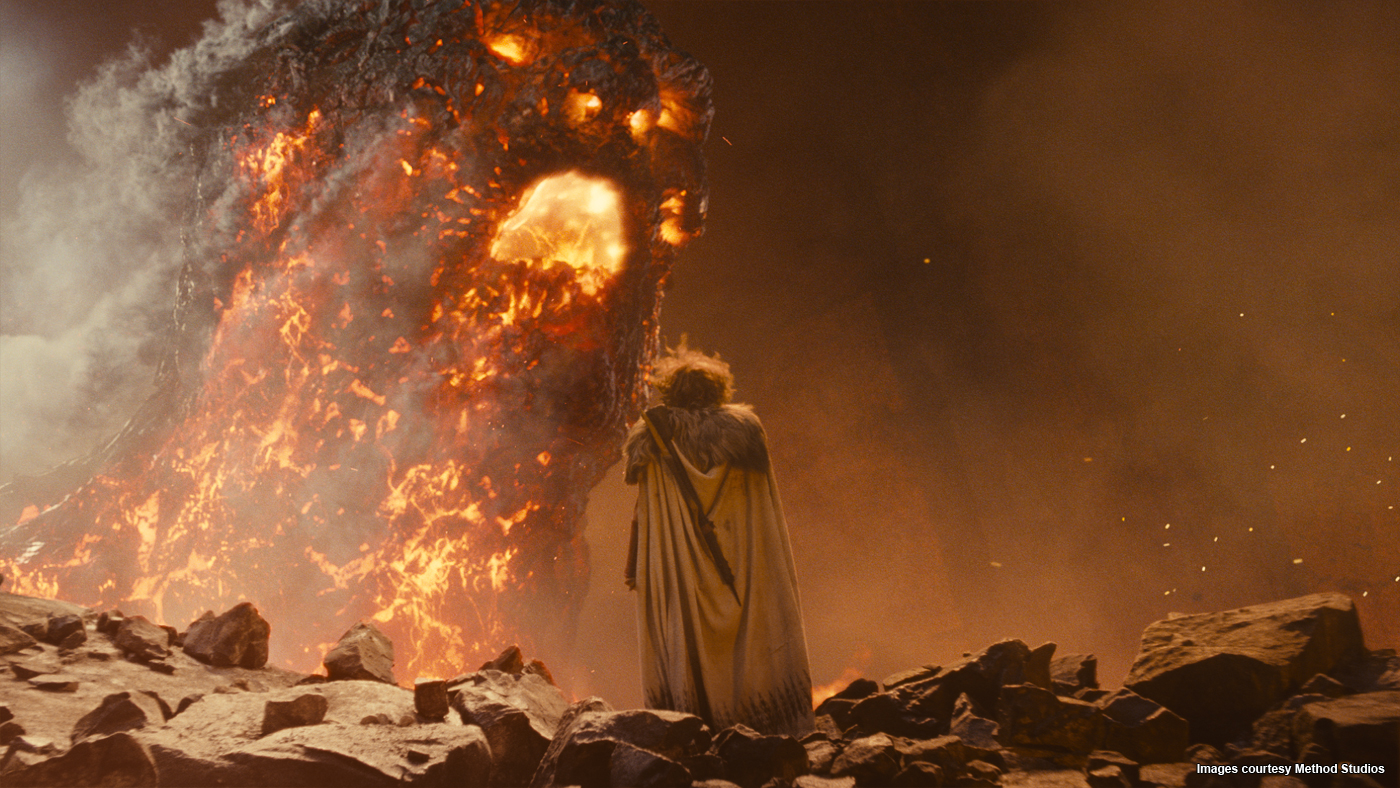
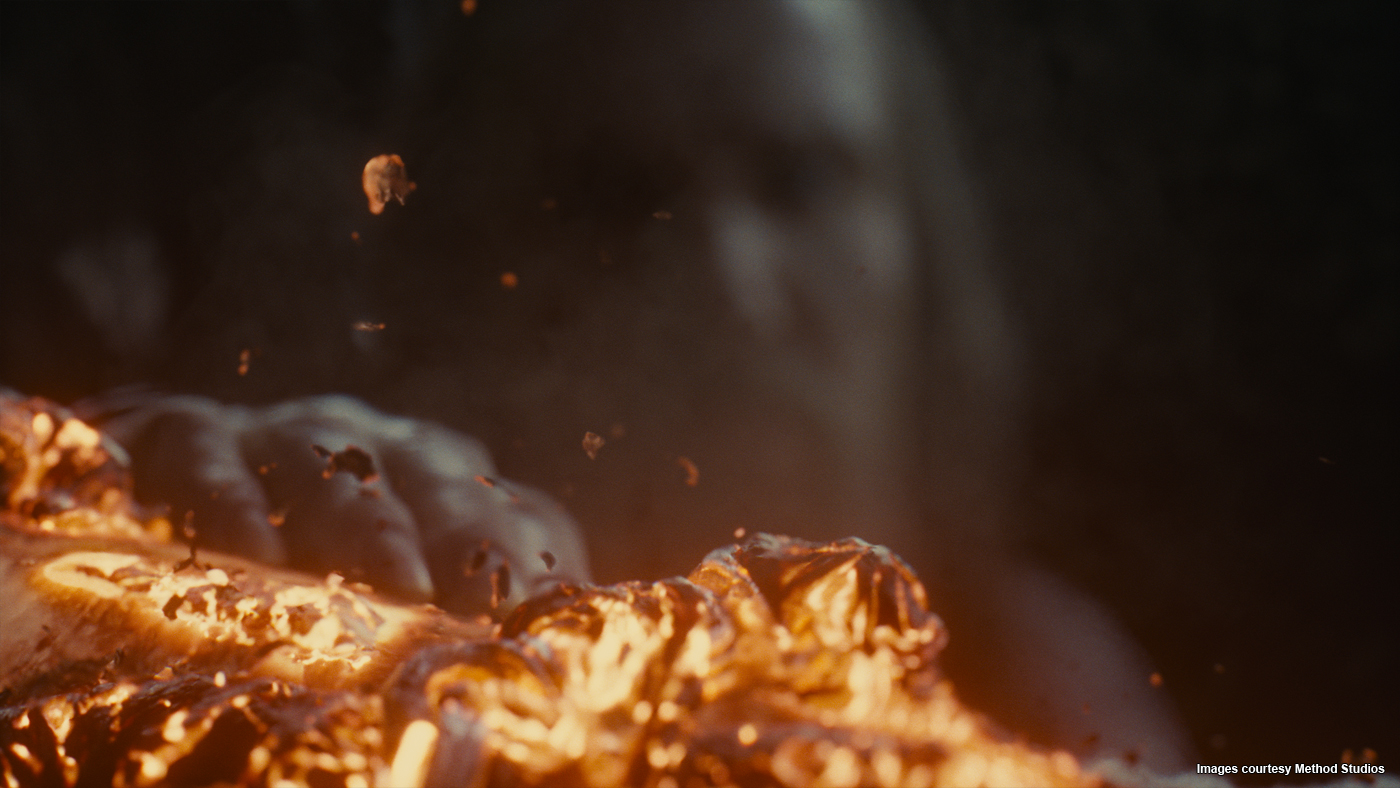
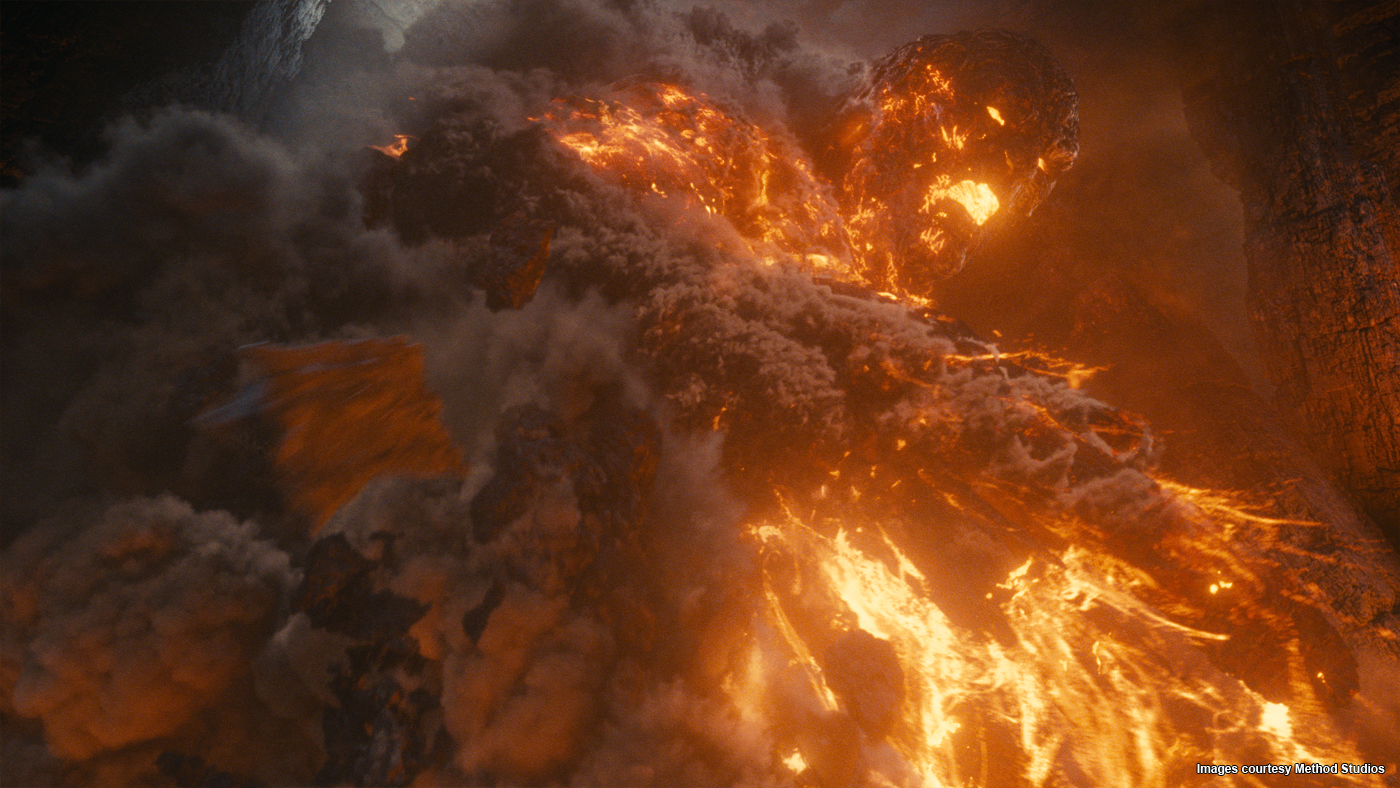
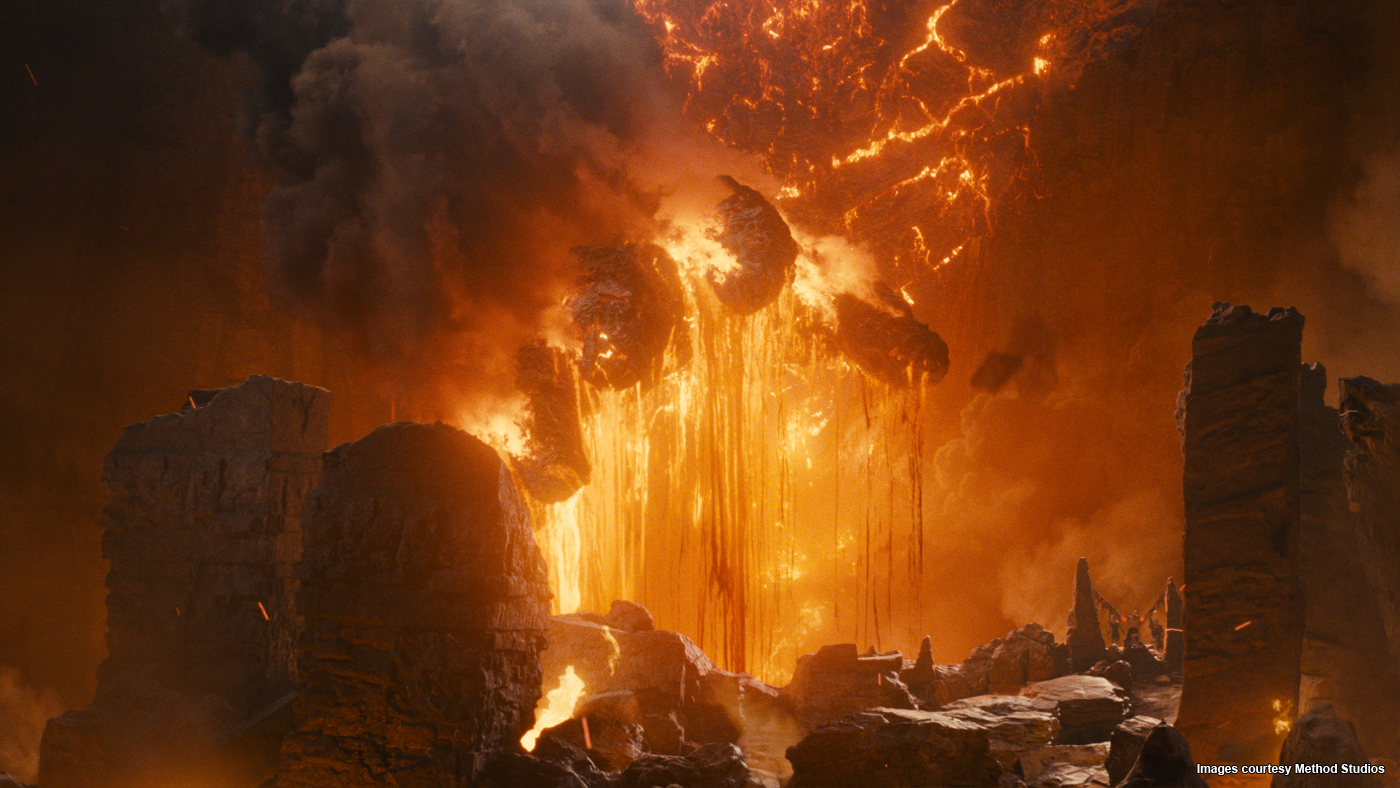
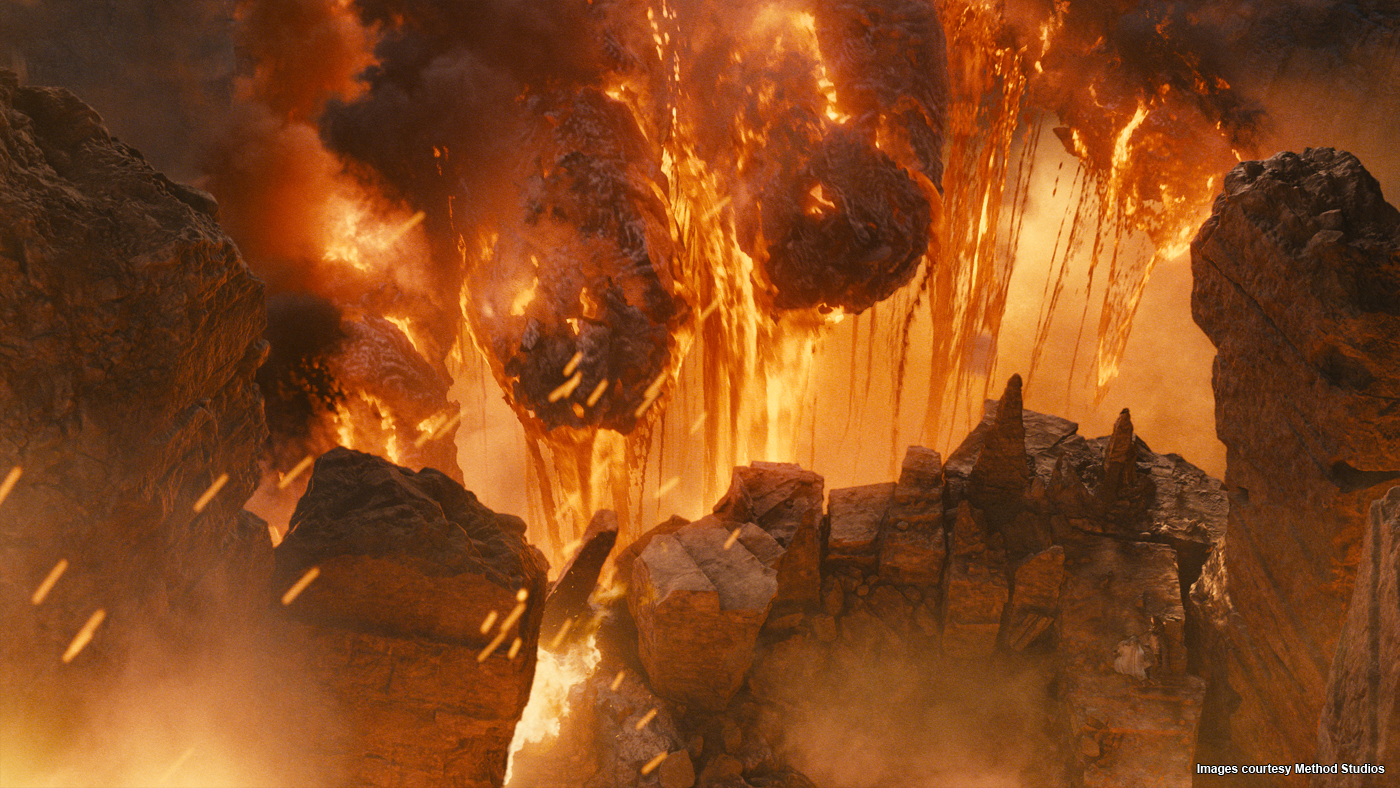
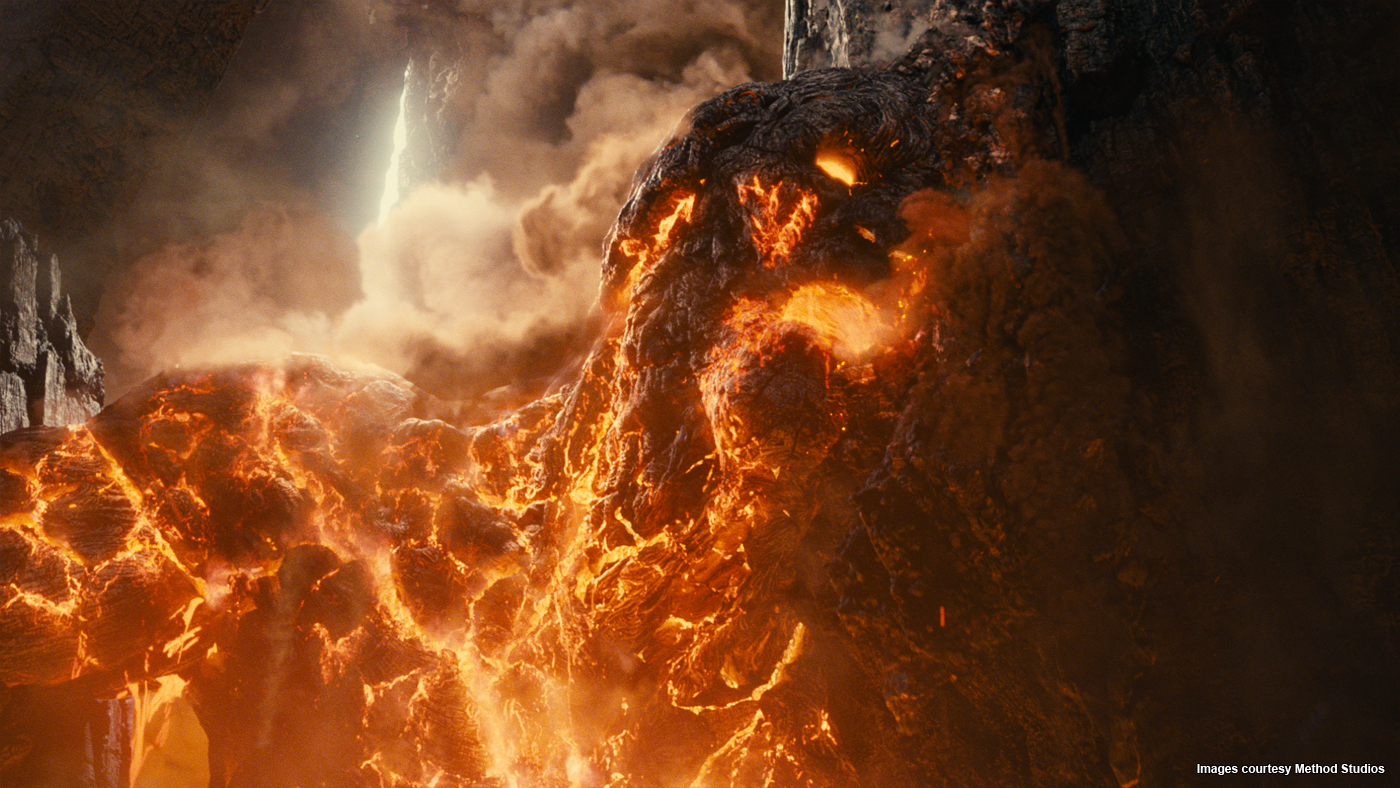
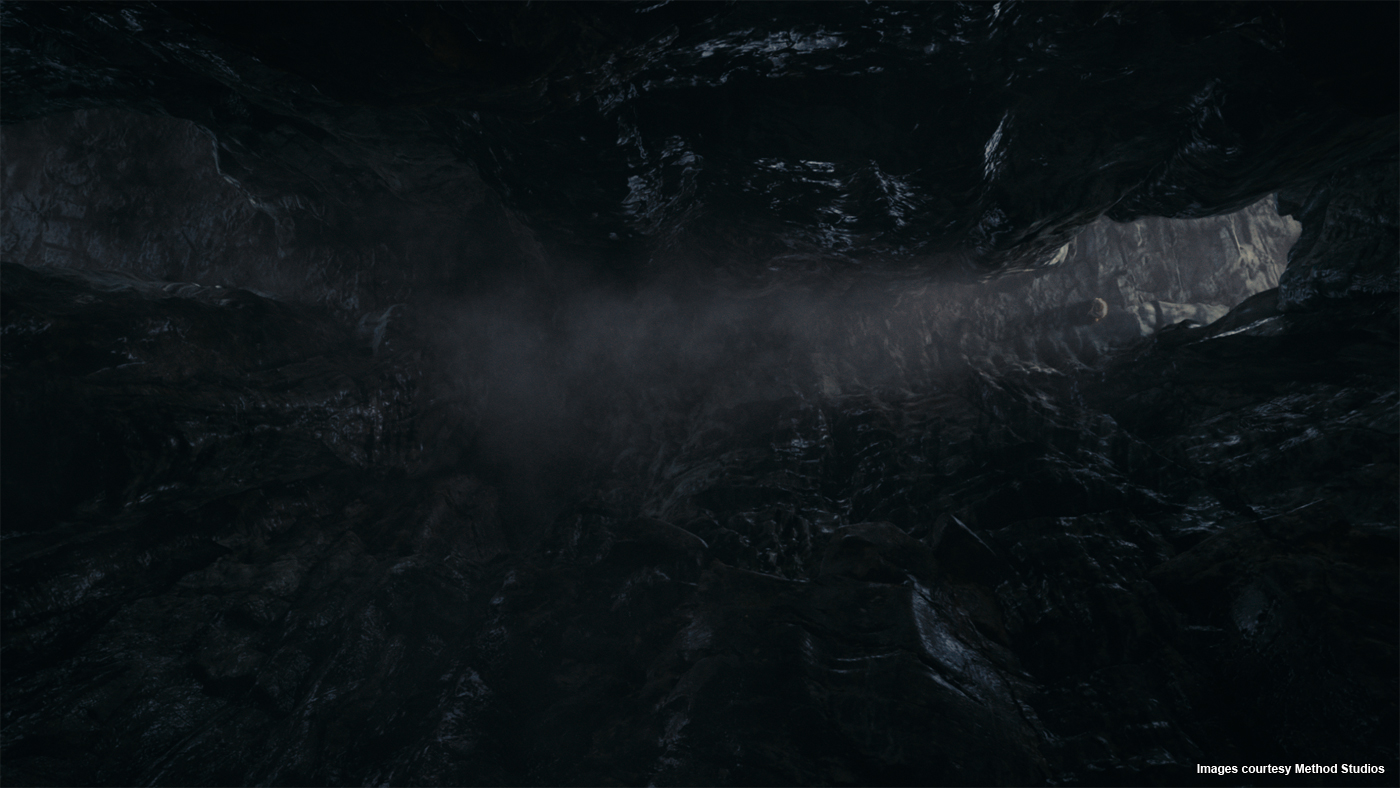





This whole movie was an effects masterpiece! the 3d was phenomenal, you should be proud of the work you did.